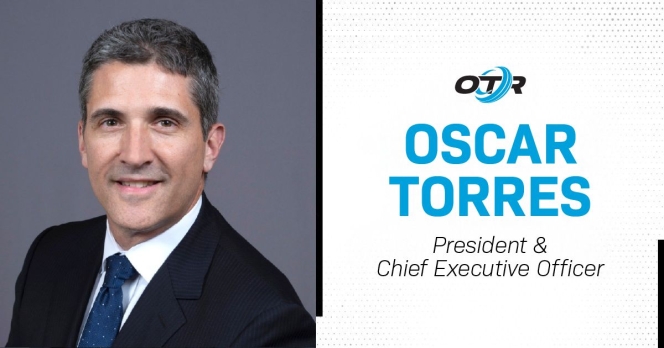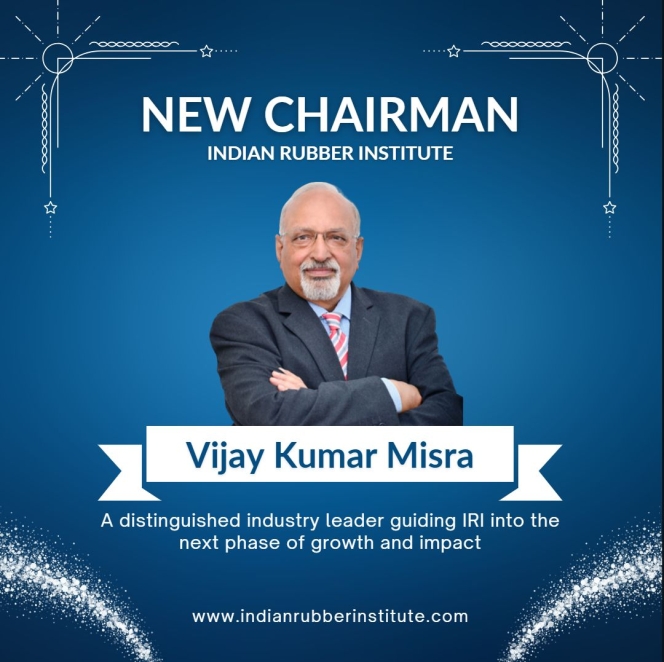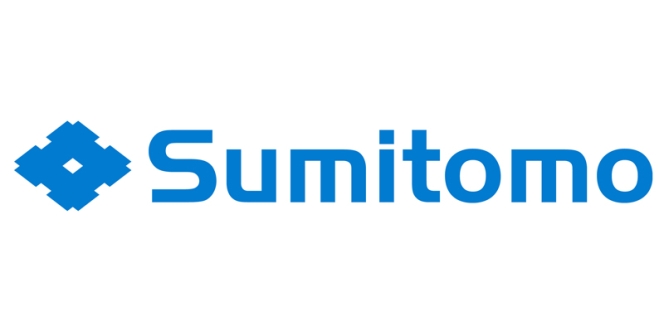PRESENTING THE INDIAN TYRE INDUSTRY THE RIGHT WAY
- By Juili Eklahare & Gaurav Nandi
- August 22, 2022

After being selected as ATMA Chairman, Satish Sharma, President (APMEA) & Whole Time Director, Apollo Tyres, has big plans for the automotive and tyre industries, from enhancing exports to self-sufficiency in Indian rubber. He shares his views on collaborations in the tyre industry, the challenges of the sector and the problem of India being used as a dumping ground. Read on…
How have your priorities changed ever since being selected as the ATMA chairman?
I was the ATMA chairman even four years ago, and this is my second tenure. In terms of priorities, I want to pick up from where I left. At that point, we had started this whole journey of improving our exports. In fact, I was on record to say that the tyre industry could be the poster boy for the Indian government.
Looking back, I’m very happy to see that the exports have improved rather well. And this is just the beginning; we could do much more. Therefore, one priority is to see how we enhance our exports significantly from where we stand today.
The second priority is that a lot of regulations are on the anvil for the vehicles and the tyres as well. So my idea would be to engage with all the stakeholders and get them fast paced rather than going about it in a slow manner. Plus, I would like to get all views on board, optimise them for the industry, the government and different stakeholders and get them rolling, working towards a seamless transition for the regulations and betterment of all the stakeholders.
As for my third priority, it is the self-sufficiency point of the Indian rubber. The Indian rubber is a key priority of the commerce minister, Piyush Goyal, to narrow the gap between domestic demand-supply of natural rubber, which is around 35 to 40 percent. Hence, some of us have come together at his behest and have contributed in monetary terms to help the rubber board to do serious plantations in the potential of the North East. That corpus has been formed and one year of it has gone by. The acronym is NEMITRA. It is a collaboration between the tyre industry and the rubber board, under the aegis and direction of the commerce ministry. So we are very hopeful that the work we put in is going to yield results and India will be able to narrow this deficit between production and consumption.
Speaking of production and consumption, are you seeing a revival in demand?
The demand recovery for tyres is always an organically growing demand. If you look at the GDP of the country, it’s rather sectoral and a K-shaped recovery. Therefore, some sectors associated with infrastructure, e-commerce or the real estate sector, etc. are doing very well. However, at the same time, there is very steep inflation, and there is a possibility or worry that this inflation might destroy demand. The entire supply chain has to pass through this inflation and, finally, it has to be borne by the consumer. Whether the consumer reduces consumption or continues to consume at the rate at which he/she was before is a bit of a worry. But so far, the demand is holding on at a broader level.
OEMs are reviving as the chip shortage is getting under control. We are seeing CVs – a cyclical business – at the beginning of its upcycle, which is good news for them. In PVs, the supply chain issues are getting eased off. Plus, the tractor sector is also reviving; with a good monsoon forecast, the rural economy should come back – maybe not to the same level from two years ago, but still reasonably good.
With the current world situation, from the Covid pandemic to the Russia-Ukraine war to high inflation rates, do you think there is a need for more collaborations between tyre companies?
Collaborations have to be there, but they have to be very finely defined. Collaborations can always be on larger subjects like sustainability or raw materials, where research work can be done, resulting in collaboration. So these are areas where a deeper collaboration will help the industry. But it cannot be used to tackle inflation – that has to be left to market forces.
What are the present challenges you see in the tyre industry that need to be addressed?
The organic challenges include preparing ourselves for electrification and the changing regulatory framework. However, the key challenge for the Indian tyre industry right now is inflation. Our balance sheet sizes have halved over the last year. Moreover, the profitability has reduced significantly. There is a significant phase lag to the cost push. Therefore, these key challenges are what we really need to take care of in the short-term.
There has been a ban on Chinese tyres. How is this impacting the Indian tyre industry?
All global tyre companies that have come in India are now producing their tyres in the country. And therefore, it is self-sufficient as far as tyres are concerned. So technically, imports are not required to that extent, from that point of view.
The problem comes about when we are used as a dumping ground and the economic value of everything that has been put into place gets destroyed. And moreover, the promise we have for the Indian industry is getting short-changed. So that’s the argument.
I was telling my industry colleague, whose company is entering the US market, to not go the wrong way. But, in fact, to go, set up and position the Indian product and brand name the right way and to not spoil the market and get branded as the next cheap manufacturer after China. Because if one does it that way, then he/she is going to spoil it for everyone.
And, truth is, we can really do it the right way. We do have a cost arbitrage. Hence, we can give a more honest price internationally and give tier 1 quality at a tier 2 price. However, if one were to position oneself at the bottom of the barrel, then it will spoil everything.
What is happening to recycling and renewable sources to make tyres? How are things shaping up in India?
One regulation is on the anvil, which is the extended producer responsibility. It is in the draft stage and we are in discussion with the government. Fortunately, by the nature of our country, there is a self-recyclability of any and all products. Of course, this is in the unorganised segment, and we don’t talk or hear about it. But we have seen tyres being sold to make something as useful as slippers. So it finds its own value.
But there are no satellite pictures available in India showing dumps and dumps of used tyres lying anywhere; you will find that in the Middle East. But the government is organising this whole thing, and we have the extended producer responsibility coming – it will have a far higher recyclability and will focus more on renewable energy and getting green raw materials. Plus, it will prioritise the increase in the usage of recycled tyre parts.
OTR Engineered Solutions Appoints Oscar Torres As New President And CEO
- By TT News
- January 05, 2026

OTR Engineered Solutions has named Oscar Torres as its new President and Chief Executive Officer, effective 5 January 2026. With over 25 years of executive leadership, primarily within private equity–backed aerospace aftermarket firms, Torres possesses substantial industry expertise.
His extensive career was largely spent at Kellstrom Aerospace, where he progressed through roles such as Chief Financial Officer, Chief Operating Officer and ultimately Chief Executive Officer. In these capacities, he was instrumental in enhancing operational performance and fostering sustainable growth. His strategic direction included overseeing several acquisitions and divestitures, which solidified the company's position as a premier global supply-chain solutions provider for a wide range of aviation clients.
Torres's academic credentials include a Bachelor of Accounting from Florida International University and an MBA from the University of Miami. He is also a Certified Public Accountant. The organisation anticipates that his leadership will guide OTR in maintaining its commitment to delivering high-quality solutions and exceptional service to its clientele.
Hector Ramirez, Interim President of OTR, said, “Oscar’s proven leadership, collaborative approach, and deep industry knowledge make him exceptionally well suited to lead OTR into its next phase of growth. We are excited to welcome him and are confident in the value he will bring to our customers, partners and stakeholders.”
IRI-CON’26 To Focus On Sustainability Agenda For India’s Tyre And Rubber Industry
- By TT News
- January 02, 2026

The Indian Rubber Institute (IRI), a not-for-profit professional body focussing on the tyre and rubber industry, is set to host ‘IRI-CON’26’, a two-day conference aimed at addressing the sector’s evolving technological and sustainability priorities.
The event scheduled on 30th January 2026, will be held in Vadodara, Gujarat, underscoring the state’s growing importance as a hub for elastomers and rubber-related manufacturing.
Led by eminent technocrats and industry leaders, IRI has played a pivotal role for decades in advancing technical education, skill development and professional excellence across the tyre and rubber value chain. A large proportion of technical professionals in these industries are lifetime members of the institute, contributing through voluntary service, knowledge sharing and technical engagement.
IRI has also been instrumental in training candidates for the DIRI and PGDIRI programmes, with examinations conducted by IIT Kharagpur since their inception.
The choice of Gujarat as the host state is significant. The region is home to major tyre manufacturers including Apollo Tyres, CEAT, BKT, MRF and JK Tyre, alongside key suppliers of carbon black, silica, textiles and rubber chemicals. Vadodara, in particular, has emerged as an important centre for rubber and allied industries, making it a strategic venue for the conference.
The theme of IRI-CON’26, ‘Unlocking the Potential of Sustainable Developments in Rubber and Allied Industries,’ reflects the industry’s increasing focus on sustainability, resource efficiency and responsible manufacturing. The conference is expected to bring together professionals from manufacturing, R&D, academia and allied sectors, offering a platform for technical exchange, collaboration and dialogue on future-ready solutions.
With regulatory pressures, material innovations and environmental expectations reshaping the sector, IRI-CON’26 is positioned as a timely forum to align industry stakeholders on sustainable growth pathways for India’s tyre and rubber ecosystem.
Indian Rubber Institute Appoints Industry Veteran Vijay K Misra As Chairman
- By TT News
- December 30, 2025

The Indian Rubber Institute (IRI) has confirmed Vijay K Misra as its new Chairman following a formal election. With a distinguished career spanning nearly 50 years in the tyre and rubber sector, Misra possesses extensive expertise in technology, product development, international collaborations and major greenfield projects.
His deep industry connections and proven leadership are anticipated to steer the IRI through its next period of growth and enhanced impact. The Institute also formally acknowledged Misra's pivotal role in founding the Dr D Banerjee Centre of Excellence in Mysuru, a premier hub for advanced training and industry-academia synergy.
Concurrently, sincere appreciation was extended to outgoing Chairman Dr R Mukhopadhyay for his valuable guidance, as he continues to support the Institute in the role of Chairman Emeritus.
Sumitomo Rubber Restructures Top Management
- By TT News
- December 26, 2025

Sumitomo Rubber Industries, Ltd. has announced that its Board of Directors has approved a forthcoming change to its representative leadership at a meeting on 25 December 2025, pending formal ratification at the Annual General Meeting of Shareholders scheduled for 26 March 2026.
The shift is part of a planned reorganisation of the company’s management framework effective from that date. Under the new structure, current Director and Senior Executive Officer Yasuaki Kuniyasu is slated to be appointed as the new Representative Director, President and CEO. Concurrently, the present President and CEO, Satoru Yamamoto, is expected to transition to the role of Representative Director and Chairperson of the Board.
Yasuaki Kuniyasu, aged 56, began his career with the company in April 1992. His tenure includes significant leadership roles, such as General Manager of the Tyre Technology Headquarters and, from January 2023, General Manager of the Corporate Management Planning & Administration Department. He has served as a Director and Senior Executive Officer since March 2023 and held 8,400 shares in the company as of 30 June 2025.
This planned succession aims to establish a renewed executive team to guide the company forward under its new governance model.







Comments (0)
ADD COMMENT